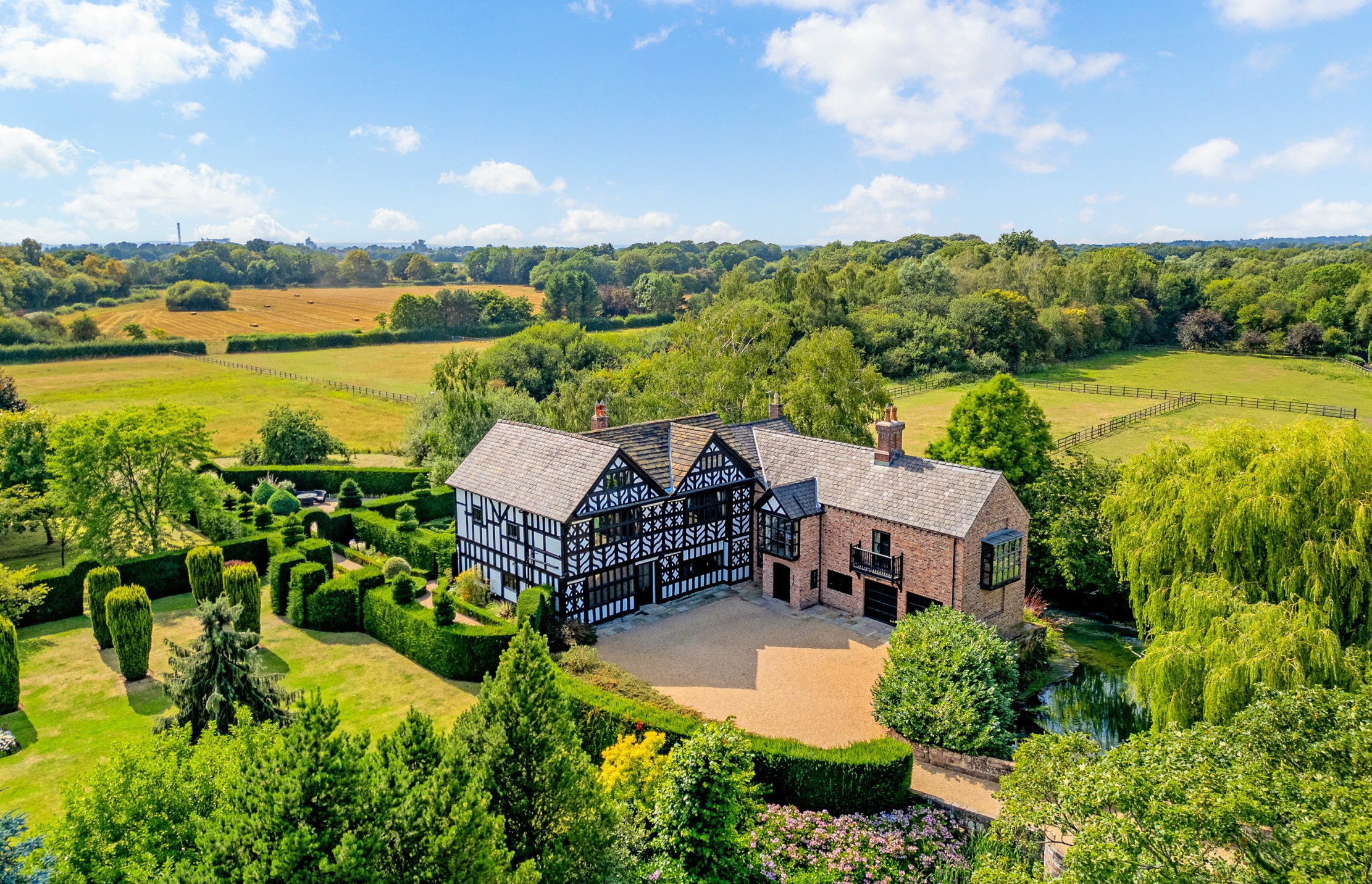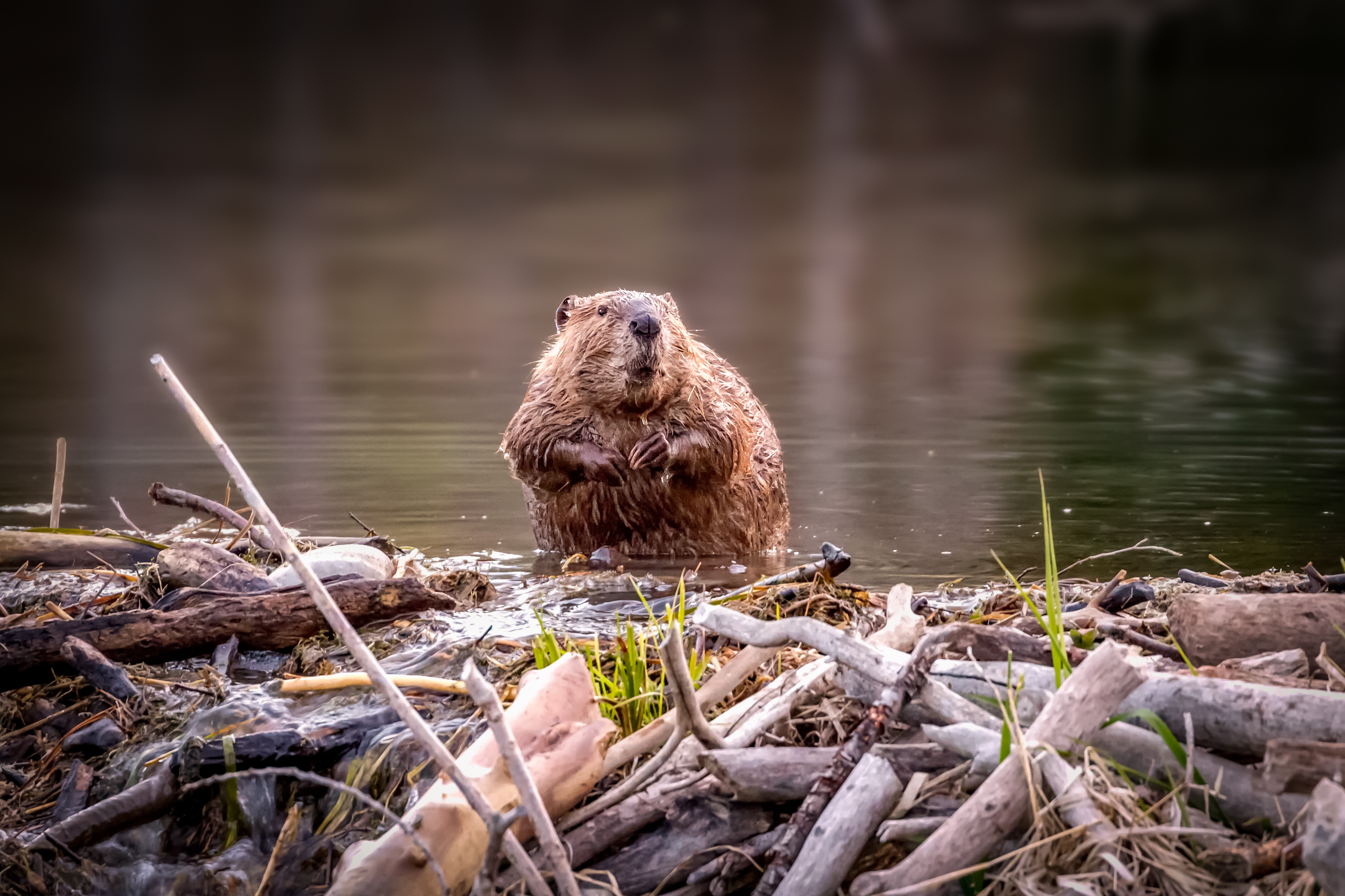Inspiration for gardeners
We all have our likes and dislikes when it comes to plants and landscape design, finds Roddy Llewellyn.


One of the most eccentric gardens I have ever seen was that of Nicholas Ridley, later ennobled, a cabinet minister in Mrs Thatcher's government. He has since departed this life, but I do hope his garden in Gloucestershire still exists. I only say that because it is a sad fact that gardens often 'die' once their creators pass on, or 'hop the twig' as my late Aunt Vicky always used to say.
He made full use of water in his garden, with viaducts, ponds and ornamental canals and a series of streams divided into individual beds where candelabra primulas abounded. As do many gardeners, he must have fallen in love with this fascinating genus. Its most familiar members are the common primrose and the cowslip, which were crossed to produce the polyanthus, a popular ingredient in knot gardens in the Elizabethan era. Auriculas, whose fascinating colours often include a darkish matt green as well as a near black pigment, were popularised by those working and living in northern cities during Queen Victoria's reign.
There are well over 400 species of primula growing in the wild, which are found, for the most part, in damp and cool regions of the northern hemisphere, the highest concentration being in China. I have successfully grown primroses with forget me nots in long grass where they happily self seed, and indeed polyanthus like similar conditions. I sometimes dream of having a garden with a stream running through it where other famously unfussy yet colourful primulas, such as oxslip, candelabra primulas (especially primula florindae and primula sikkimensis) and the drumstick primrose (primula denticulata), steal the show in spring. I am not aware of any of them needing special composts so long as their soil is fertile.
One of the most interesting and imaginative gardeners I have ever met was David Hicks who has also, sadly, hopped the twig. He had very firm ideas on everything in the garden. He did not allow any flowering plants to be seen from any of the windows of his house, and confined roses to a picking border hidden away behind a hedge. He grew trees in bottomless containers sitting in light gravel. From memory, the containers were square sided, tall and slender, made of some sort of metal and painted in an interesting pale colour, possibly blue. As the trees grew, their containers became increasingly impossibly small, and the effect was really rather spectacular. 'How on earth do you get such large trees to grow in such small pots?' was a familiar cry. He was also keen on stilting lines or squares of common horse chestnut within large areas of gravel. Another of his dislikes were variegated plants which he described as 'undecided'. He hated aubrieta.
Well now, this brings up some interesting ideas for discussion. We all have our likes and dislikes when it comes to plants and landscape design, and that is how it should be. After years of growing so many plants, and you can't really talk about a plant with any conviction unless it has been a guest of yours in your own garden, I have come to the conclusion that it is wrong to hate any plant, even Aucuba japonica or dwarf conifers mixed with heathers, as all plants have a place somewhere, albeit not necessarily in your garden.
In a way, David Hicks had a point when it comes to roses, many of which, after all, do consist of prickly sticks for seven months of the year. I know of a lot of people who dislike plants with variegated foliage although quite a few plants including many varieties of hosta are, surely, irresistible. Stilted horse chestnuts in gravel do rather smack of the French school and would not, therefore, necessarily suit all gardens, and as for aubrieta, surely it forms a quintessential addition to any cottage garden.
The season for garden visits is opening once more. There are so many good ideas for planting and design to be found in such gardens that it seems a pity not to take advantage of what they have to offer. You may find the right solution for yours.
Exquisite houses, the beauty of Nature, and how to get the most from your life, straight to your inbox.
Country Life is unlike any other magazine: the only glossy weekly on the newsstand and the only magazine that has been guest-edited by His Majesty The King not once, but twice. It is a celebration of modern rural life and all its diverse joys and pleasures — that was first published in Queen Victoria's Diamond Jubilee year. Our eclectic mixture of witty and informative content — from the most up-to-date property news and commentary and a coveted glimpse inside some of the UK's best houses and gardens, to gardening, the arts and interior design, written by experts in their field — still cannot be found in print or online, anywhere else.


